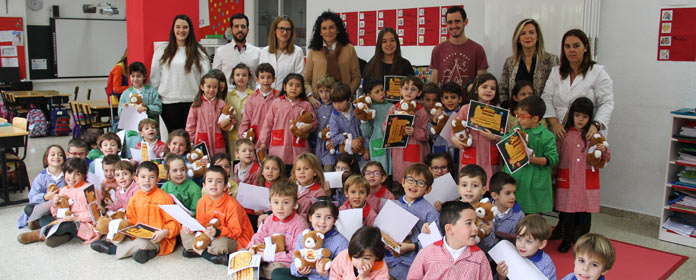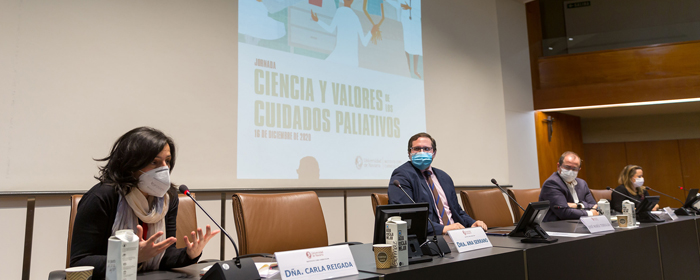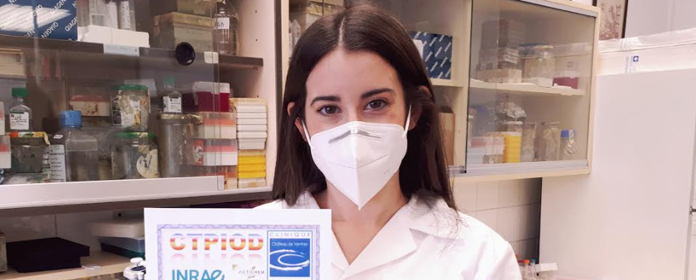A video game for children with dyslexia
47 elementary school students from the Teresa School tested “Jellys,” a tool designed by a researcher at the University of Navarra

FOTO: Elena Beltrán
47 elementary school students from the Teresa School in Pamplona tried a videogame from the University of Navarra, called “Jellys,” which seeks to improve reading comprehension in children with dyslexia. Mikel Ostiz designed the game as part of his doctoral thesis carried out within the Mind-Brain Group at the Institute for Culture and Society (ICS) of the University of Navarra, the Basque Center on Cognition Brain and Language (BCBL) and the University of Vic, thanks to a grant from La Caixa. He recently gavethe participants diplomas and a small gift to recognize their collaboration.
As he explained, the children’sparticipation consisted of playing the video game for a total of 16 sessions of 15 minutes each during school hours. In addition, they underwent psychological testing before and after the game (including measures related to reading, visual attention, rhythm, etc.), as well as motivation questionnaires and live usability tests focused on the video game’s design and operation.
"The group is not just made up of children with dyslexia,” Ostiz noted, “because we wanted to test the game’s effect on a relatively large and homogeneous group, because if it promotes reading improvement in the general population, it could be especially useful for children with reading difficulties.”
He added that the testing phase was carried out in a playful and symbolic framework "where both the testing and the game itself were part of a narrative centered on the game’s characters (the adventurers who must save the jelly creatures from the evil crocodile), with a points system that each child placed in the form of stickers on their own card each time they performed one of the tests."
The ICS doctoral student emphasized that the experience started with two questions. The first is whether the videogame, which seeks to train rhythm and visual attention, can improve reading, although for this "I still need to analyze the data collected in depth." The second is whether “Jellys” is in itself an interesting and motivating tool for children. To this question he responded that, "children find the characters and story very motivating, and they want to continue playing."
The role of teaching staffMikel Ostiz also thanked the teachers for their facilitating role "because they allowed for this testing by ceding the first minutes of their classes to play the game for several weeks. This allowed for a concentrated experience and for the collection of a quantity of data that, without their collaboration, would have been complicated."
These tests are another milestone in his thesis, and he is now inthe final stretch. One challenge that remains is "analyzing correctly the huge amount of data collected because, in addition to the tests, we have captured data on usage in real time." With all this data, he will draw conclusions on the effectiveness and design of the game and write his thesis "not as an end point, but as something to be continued; that is, his thesis supports on-going work to improve ‘Jellys.'"




